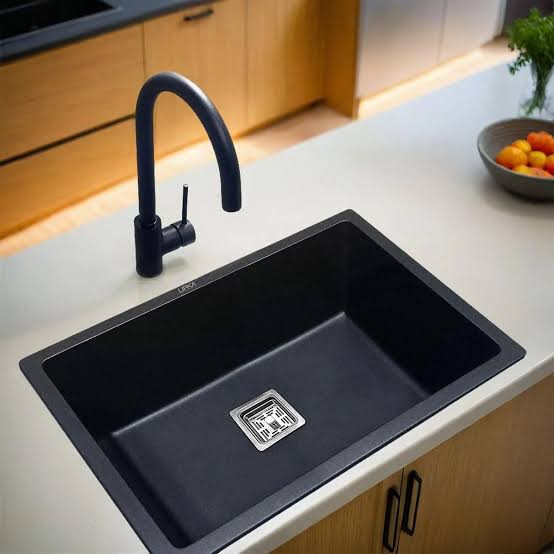Fix It Fast: 5 Common Kitchen Sink Problems and How to Solve Them

Fix It Fast: 5 Common Kitchen Sink Problems and How to Solve Them
By addressing these common kitchen sink issues promptly, you can maintain a functional and efficient kitchen.
Your kitchen sink is a workhorse, handling everything from rinsing dishes to washing vegetables. So, when issues arise, they can disrupt your daily routine. Fortunately, many common kitchen sink problems are easy to fix with some basic tools and a bit of patience.
Here are five frequent issues and how to address them:
1. Clogged Drain
A clogged kitchen sink is a common frustration, often caused by grease, food scraps, or soap residue.
Fix: Start by pouring a kettle of boiling water down the drain to help dissolve grease. Then, pour half a cup of baking soda followed by half a cup of vinegar into the drain. Let it sit for 10–15 minutes to allow the fizzing action to break down the clog. Finish by flushing the drain with more boiling water. This natural method is effective and eco-friendly.
Note: Avoid putting items like pasta, rice, coffee grounds, eggshells, and grease down the drain, as they can contribute to clogs.
2. Leaky Faucet
A dripping faucet can waste a significant amount of water and is often caused by worn-out washers or cartridges.
Fix: Turn off the water supply and disassemble the faucet using a wrench or screwdriver. Inspect the washers and cartridges for wear and replace them with new ones from your local hardware store. Reassemble the faucet and check for leaks.
3. Foul Odors from the Drain
Unpleasant smells emanating from your kitchen sink are usually due to decomposing food particles in the drain.
Fix: Pour half a cup of baking soda followed by half a cup of vinegar into the drain. Let it sit for 10–15 minutes, then flush with hot water. For added freshness, grind citrus peels in the garbage disposal to naturally deodorize and leave a pleasant scent.
4. Low Water Pressure
If your kitchen faucet’s water flow is weak, it might be due to mineral buildup in the aerator.
Fix: Unscrew the aerator from the faucet and soak it in white vinegar for about 30 minutes to dissolve mineral deposits. After soaking, scrub it gently with a brush, rinse thoroughly, and reattach it to the faucet.
5. Leaking Pipes Under the Sink
Puddles under the sink can indicate leaks, often caused by loose fittings or worn-out pipes.
Fix: Turn off the water supply and inspect the pipes under the sink. Tighten any loose connections and replace any damaged pipes. Keep a bucket handy to catch any residual water during the repair process.












